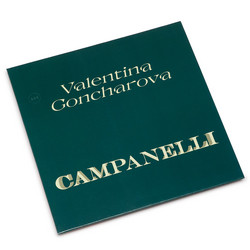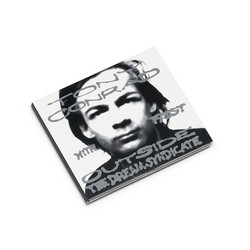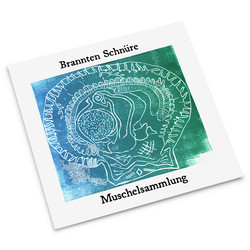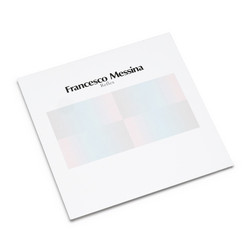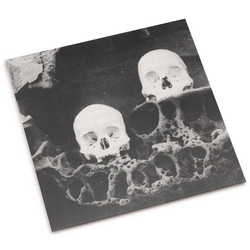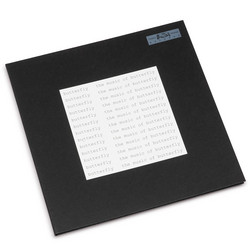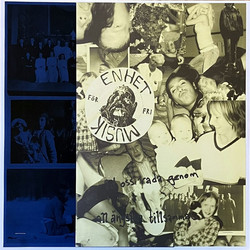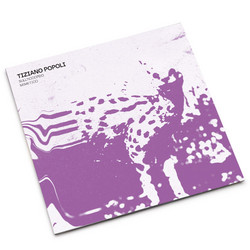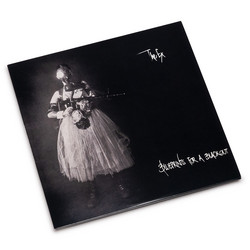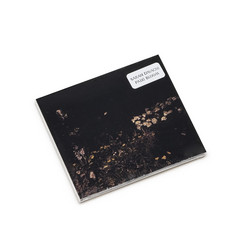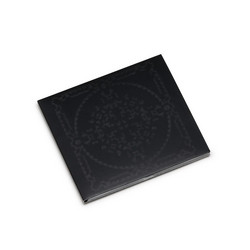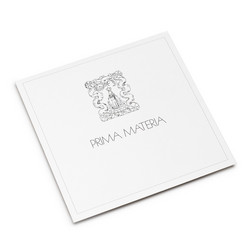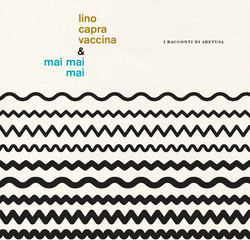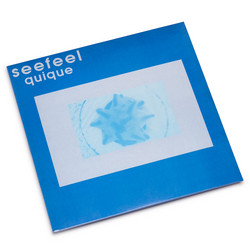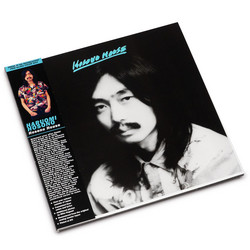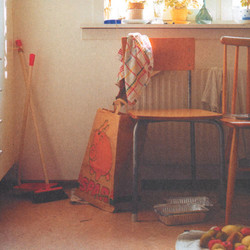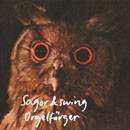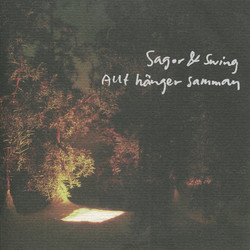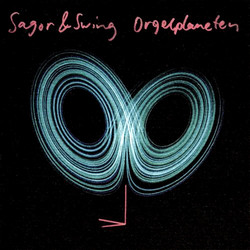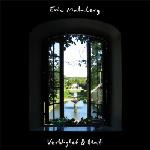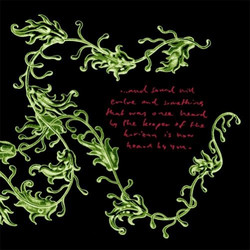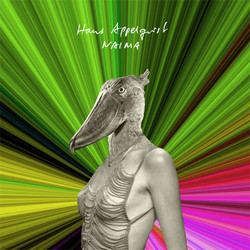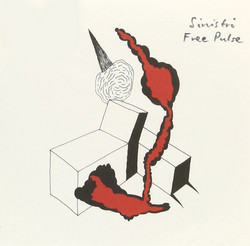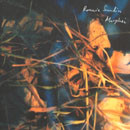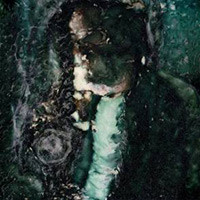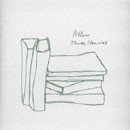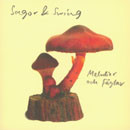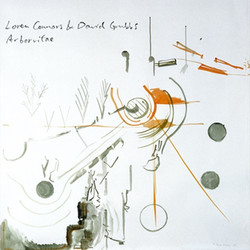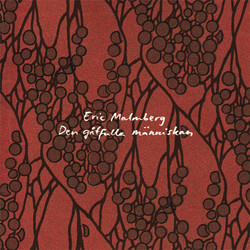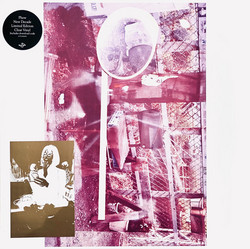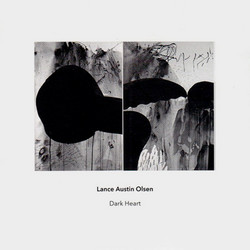The Swedish summer is the season that draws out the most joy of life and outdoor activities from the population, but it’s as much a form of preserving traditions that is rooted centuries back in time. The summer 2004 resembles in big parts the summer of 1938, 1956 or 1972. People make use of the light, the warmth and love to strengthen oneselves before the coming cold. The Midsummer pole is raised, the fresh potatoes are harvested and the cans of herring opened. Bathing places are filled with laughter and life. The terraces of restaurants and bars fill with people. Life and movement are established and becomes amplified. “Gästhamnar” (“Guest harbours”) is about one of the most obvious things of summer: the life of people in small boats. The coastline and the archipelago are embellished with white sails on the horizon. People are mooring and fendering. Side by side lie the seasonal adventurers protected by the sheltering piers, by wooden jetties from the north to the south and let the ship and its crew rest for the night. The guest harbour is an oasis for sailors and motorboat people. Clothes can be washed, provisions be obtained and fuel filled up. The children can run on dry land for awhile. This record paints, through its quotations from the Swedish Coastguide, detailed pictures of these temporary homes. The simple and unaffected sound supplies the feeling of holiday, the silence and in part the sad insight that this paradise is something perishable. “Gästhamnar” is a pilot that guides us into the warm Swedish summer months.
Details
Cat. number: H.17
Year: 2004
